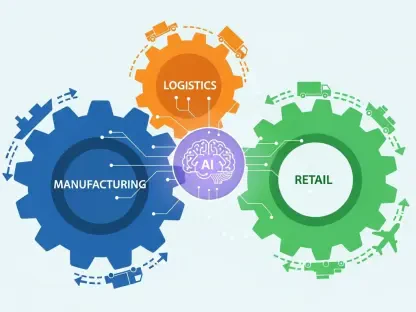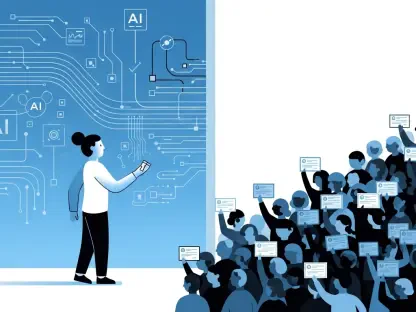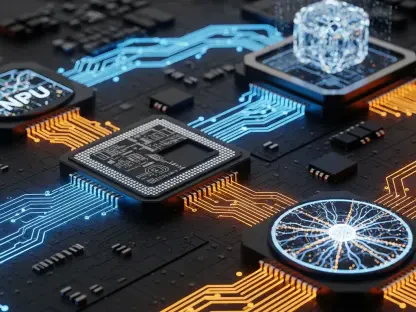In a startling revelation that has sparked widespread concern among civil rights advocates, reports have emerged detailing how the New York Police Department (NYPD) may be sidestepping its own policies on facial recognition technology, potentially leading to significant violations of individual rights. This powerful tool, intended to assist in identifying suspects and solving crimes, has instead become a source of contention due to allegations of misuse and lack of accountability. The Legal Aid Society, a prominent advocate for justice, has stepped forward with an urgent request for the New York City Department of Investigation (DOI) to launch a thorough probe into these practices. Their call to action is rooted in documented cases where the technology has led to wrongful arrests and questionable surveillance tactics, raising critical questions about transparency and the balance between public safety and personal freedoms in an era of advanced digital tools.
Concerns Over Policy Violations
Bypassing Internal Safeguards
The NYPD operates under strict internal guidelines that limit facial recognition searches to a specific database of arrest and parole photos, a measure designed to prevent overreach and protect privacy. However, a troubling case involving a pro-Palestinian protester at Columbia University has exposed how these rules are allegedly being circumvented. Detectives reportedly collaborated with the Fire Department of New York (FDNY) marshals to access Clearview AI, a controversial software that scans billions of online images scraped from social media and other public sources. This workaround enabled the identification of the individual, who was initially charged with a hate crime, though the charges were later reduced and dismissed. A judge overseeing the case explicitly criticized the NYPD for clear policy violations, amplifying concerns from legal advocates about the erosion of safeguards meant to govern such powerful technology and the potential for unchecked surveillance practices to harm innocent individuals.
Implications for Civil Liberties
Beyond isolated incidents, the broader implications of these policy breaches strike at the heart of civil liberties in a city as diverse and densely populated as New York. When law enforcement agencies bypass their own restrictions, it creates a chilling effect on freedom of expression, particularly for activists and protesters who may fear being targeted through unethical surveillance. The collaboration with external entities to access tools like Clearview AI, reportedly funded by Department of Homeland Security grants, further complicates the issue by blurring the lines of accountability across agencies. Legal advocates argue that without stringent enforcement of existing rules, the risk of misuse escalates, potentially leading to systemic profiling or harassment of vulnerable communities. The lack of transparency in these operations only deepens public mistrust, as citizens are left in the dark about how their personal data might be exploited under the guise of maintaining security.
Risks and Calls for Accountability
Dangers of Wrongful Arrests
One of the most alarming consequences of facial recognition misuse is the very real threat of wrongful arrests, a problem starkly illustrated by a case where an individual was detained for two days after being misidentified by the technology. Despite clear physical differences from the actual suspect, the error went uncorrected until after significant harm was done, highlighting the technology’s inherent inaccuracies and the NYPD’s failure to implement adequate verification processes. Diane Akerman, a staff attorney with Legal Aid’s Digital Forensics Unit, has publicly stated that such incidents demonstrate an inability to responsibly manage these tools. The fallout from these mistakes not only affects the individuals wrongfully targeted but also undermines confidence in the justice system as a whole, as people question whether they could be the next victim of a flawed algorithm or a policy ignored by those meant to uphold it.
Push for Stronger Oversight
In response to these mounting issues, there is a growing chorus of voices demanding stronger oversight of law enforcement’s use of surveillance technologies. The Public Oversight of Surveillance Technology (POST) Act mandates public reporting on such tools, yet compliance has been inconsistent, as noted by the DOI in prior assessments. City Council members are now exploring legislative measures to bolster the POST Act, reflecting a shared recognition among policymakers and advocates that current mechanisms are insufficient to ensure accountability. The Legal Aid Society’s request for a DOI investigation represents a critical step toward exposing and rectifying these lapses, with the hope that a formal probe will compel the NYPD to adhere to its own guidelines. Meanwhile, judicial rulings criticizing law enforcement practices in specific cases have added weight to the argument that without robust checks and balances, the potential for abuse remains alarmingly high, necessitating immediate action.
Path Toward Reform
Looking back, the persistent challenges surrounding the NYPD’s handling of facial recognition technology revealed a troubling pattern of policy violations and insufficient transparency that had real-world consequences for individuals. Cases of wrongful arrests and unethical surveillance tactics had eroded public trust, while noncompliance with laws like the POST Act had exposed gaps in oversight. The collaboration with other agencies to access controversial tools had further complicated accountability, leaving many to question the integrity of law enforcement practices. Moving forward, the DOI’s review of Legal Aid’s request offers a potential avenue for uncovering the extent of these issues, but it must be accompanied by concrete reforms. Strengthening legislative frameworks, enforcing stricter adherence to internal policies, and ensuring public reporting on surveillance use stand as essential next steps to restore confidence and safeguard civil liberties against the risks posed by advanced technologies.









